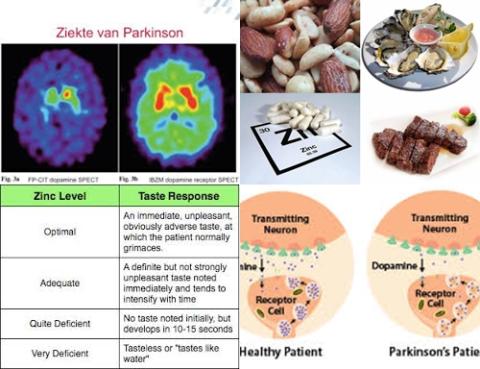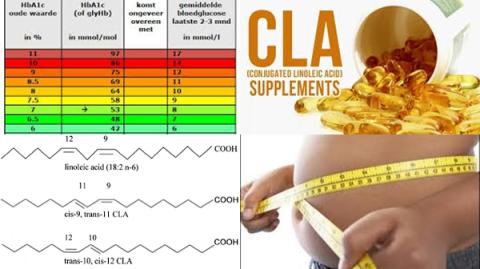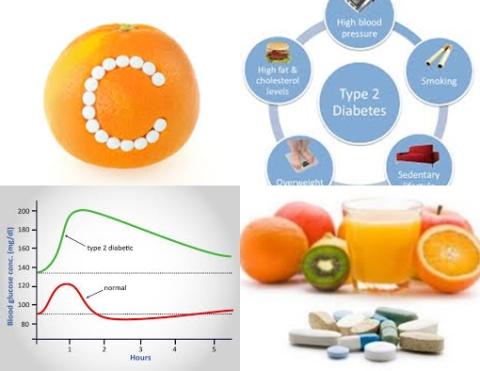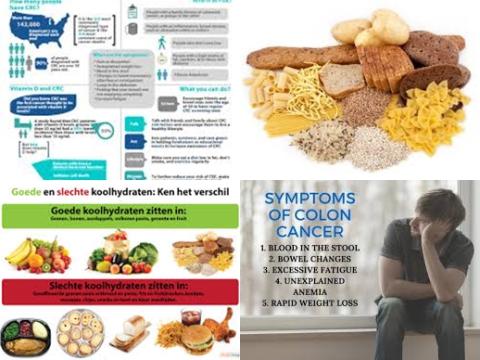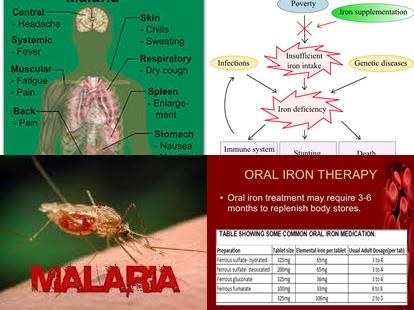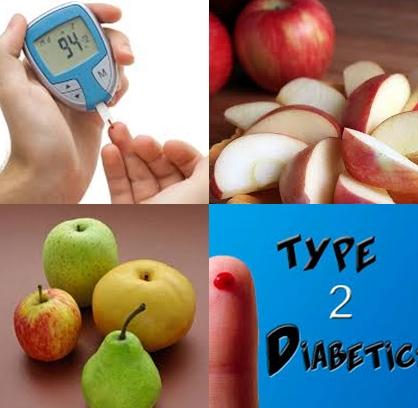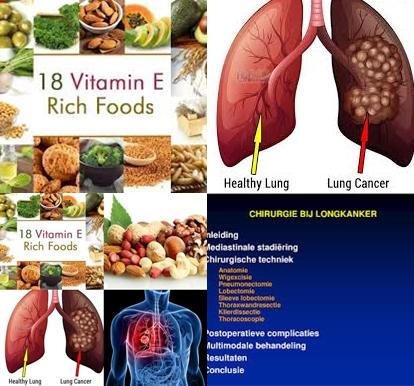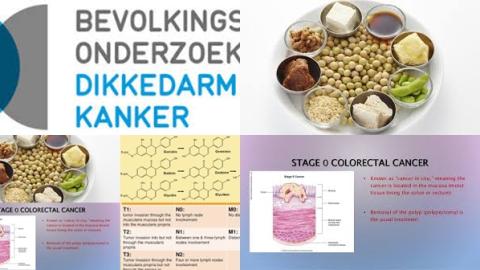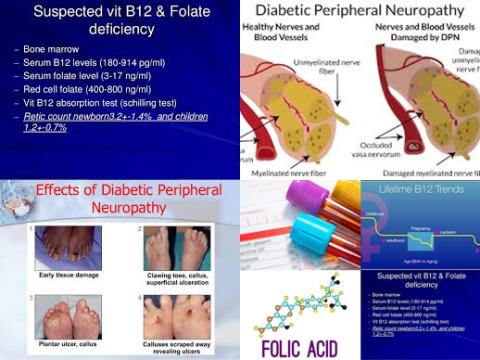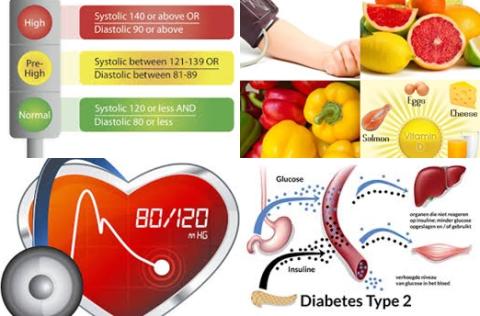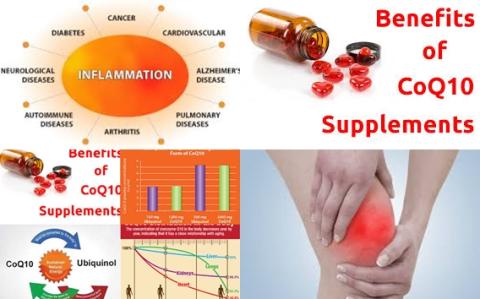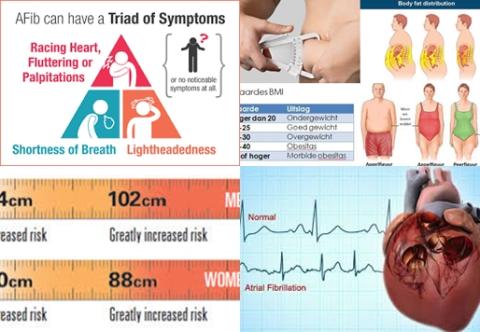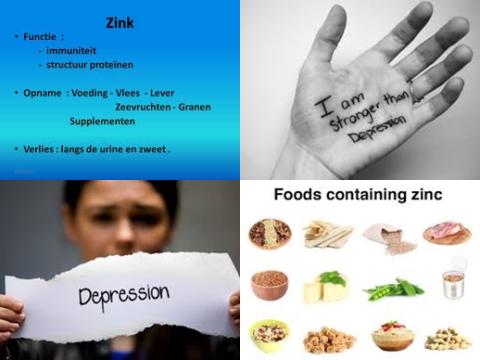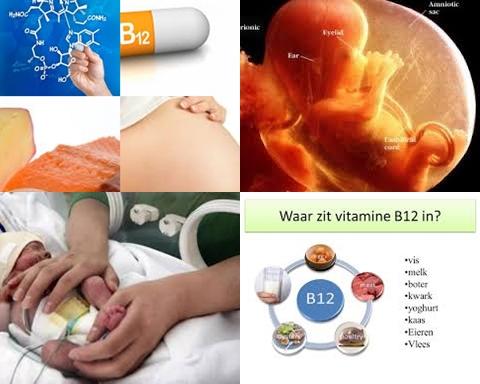Objectives:
Different adiposity measures have been associated with increased risk of atrial fibrillation, however, results have previously only been summarized for BMI. Therefore, this review article (meta-analysis) has been conducted.
Is there an association between different adiposity measures and risk of atrial fibrillation?
Study design:
This review article included 25 prospective studies with 83,006 cases among 2,405,381 participants.
Results and conclusions:
The investigators found every 5 unit increment in BMI significantly increased risk of atrial fibrillation with 28% [RR= 1.28, 95% CI = 1.20-1.38, I2 = 97%].
The investigators found every 10 cm increase in waist circumference significantly increased risk of atrial fibrillation with 18% [95% CI = 1.12-1.25, I2 = 73%, n = 5].
The investigators found every 10 cm increase in hip circumference significantly increased risk of atrial fibrillation with 32% [95% CI = 1.16-1.51, I2 = 91%, n = 3].
The investigators found every 0.1 unit increase in waist-to-hip ratio significantly increased risk of atrial fibrillation with 9% [95% CI = 1.02-1.16, I2 = 44%, n = 4].
The investigators found every 5 kg increase in fat mass significantly increased risk of atrial fibrillation with 9% [95% CI = 1.02-1.16, I2 = 94%, n = 4].
The investigators found every 10% increase in fat percentage nonsignificantly increased risk of atrial fibrillation with 10% [95% CI = 0.92-1.33, I2 = 90%, n = 3]. Nonsignificantly because RR of 1 can be found in the 95% CI of 0.92 to 1.33. RR of 1 means no risk.
The investigators found every 5 kg increase in weight significantly increased risk of atrial fibrillation with 10% [95% CI = 1.08-1.13, I2 = 74%, n = 10].
The investigators found every 5% increase in weight gain nonsignificantly increased risk of atrial fibrillation with 8% [95% CI = 0.97-1.19, I2 = 86%, n = 2]. Nonsignificantly means, there is no association at a 95% confidence.
The investigators found the association between BMI and atrial fibrillation was nonlinear [p nonlinearity 0.0001] with a stronger association at higher BMI levels. However, increased risk was observed even at a BMI of 22-24 compared to 20.
The investigators concluded general and abdominal adiposity and higher body fat mass increase risk of atrial fibrillation.
Original title:
Body mass index, abdominal fatness, fat mass and the risk of atrial fibrillation: a systematic review and dose-response meta-analysis of prospective studies by Aune D, Sen A, […], Vatten LJ.
Link:
https://www.ncbi.nlm.nih.gov/pubmed/28194602
Additional information of El Mondo:
Find here more information/studies about cardiovascular diseases and overweight.
